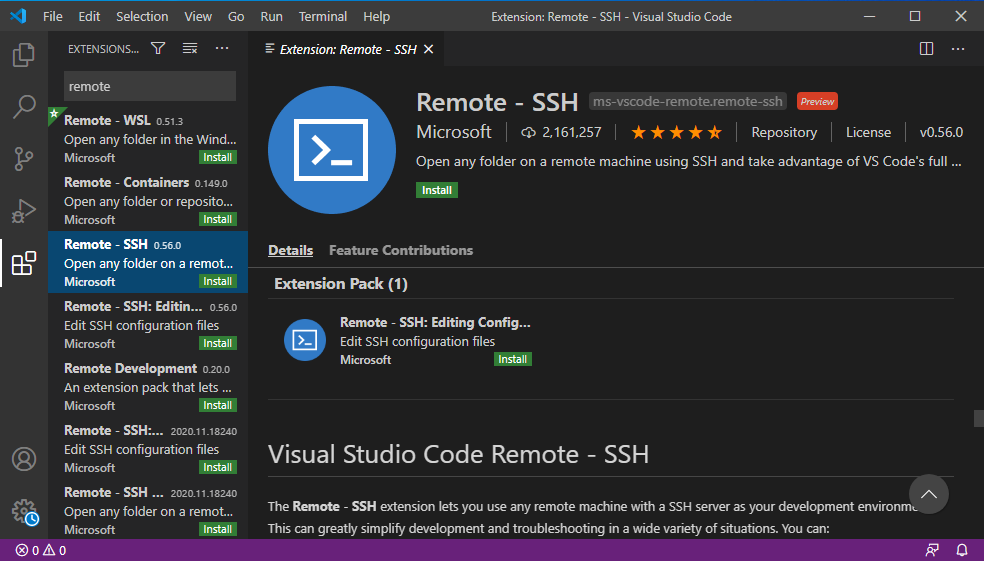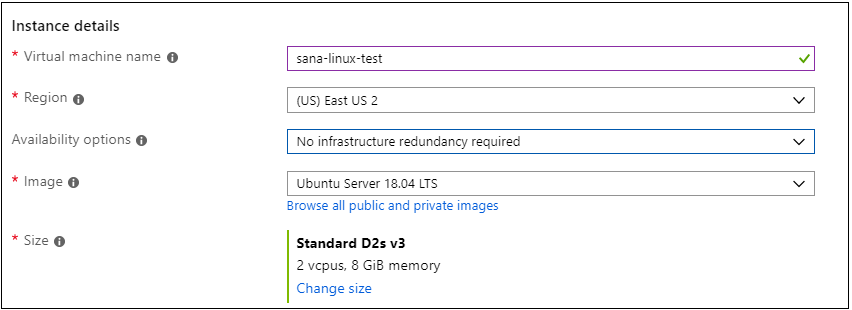


I wanted to scratch my own itch and integrate 1Password more closely into my development workflow, and to generally learn more about developing with 1Password. Instead this extension began as a side project for myself. It wasn’t requested by our developer community, and wasn’t part of any roadmap.

I’ll let you in on a little secret: we didn’t plan to build this extension. Just select each value and run the “Save in 1Password” command. If you’ve got multiple values you want stored in the same item – perhaps a username, password, and email – it supports that as well. You can hover a reference to inspect the item and field details, click it to open the item in the desktop app, and even preview the real values of an entire file full of references.īeyond secret detection suggestions, 1Password for VS Code makes it easy to retrieve items for use in your code, as well as store any bits of code you’d like in 1Password. Secret reference integration doesn’t stop there. With these matches, it makes inline suggestions to store them in 1Password, automatically replacing them with secret references. The extension uses a series of secret detection techniques to look for values that might be sensitive. To help make sure you’re not accidentally leaving secrets in your code, you can move them over to 1Password with just a couple clicks. The best part? Through our suite of tools and integrations, you can work with references in both local and deployed environments. When you do, you can rest easy knowing that the real value will never accidentally make its way into your codebase.

Now, instead of using a real value in your configs, environment variable files, or anywhere else in the codebase, just drop in the secret reference in VS Code. It’s made up of three parts: vault, item, and field. That item and the field you’d like to get the value from can then be retrieved through a special op:// URL scheme that 1Password’s tooling knows how to parse. It starts by storing a sensitive value, such as an API credential or client ID, in 1Password. With 1Password Secrets Automation, the 1Password Developer Products team introduced the concept of secret references. That’s why I’m delighted that I get to announce the launch of the all-new 1Password for VS Code extension. Now you’ve got to rotate your secrets because you accidentally committed and pushed sensitive values for the whole world to see. env file you set up to test drive the app. Maybe there’s a leftover token you dropped in to build that one feature, or maybe you didn’t delete the. Sometimes, though, we forget when we’ve been using real secrets in our work. They might be Stripe keys to power your online shop, webhooks for a custom Slack bot, a Docker username and password for a CI config, AWS credentials, or an API token and host to set up 1Password Connect. In writing software, we’re used to embedding secrets and other configurable values right in the codebase.


 0 kommentar(er)
0 kommentar(er)
